In Artinis NIRS blog, you will find the latest trends in (f)NIRS, NIRS studies and applications, tutor from the leaders of near infrared spectroscopy, not to mention detailed insights and tips and tricks for your research!
Search blog post topic
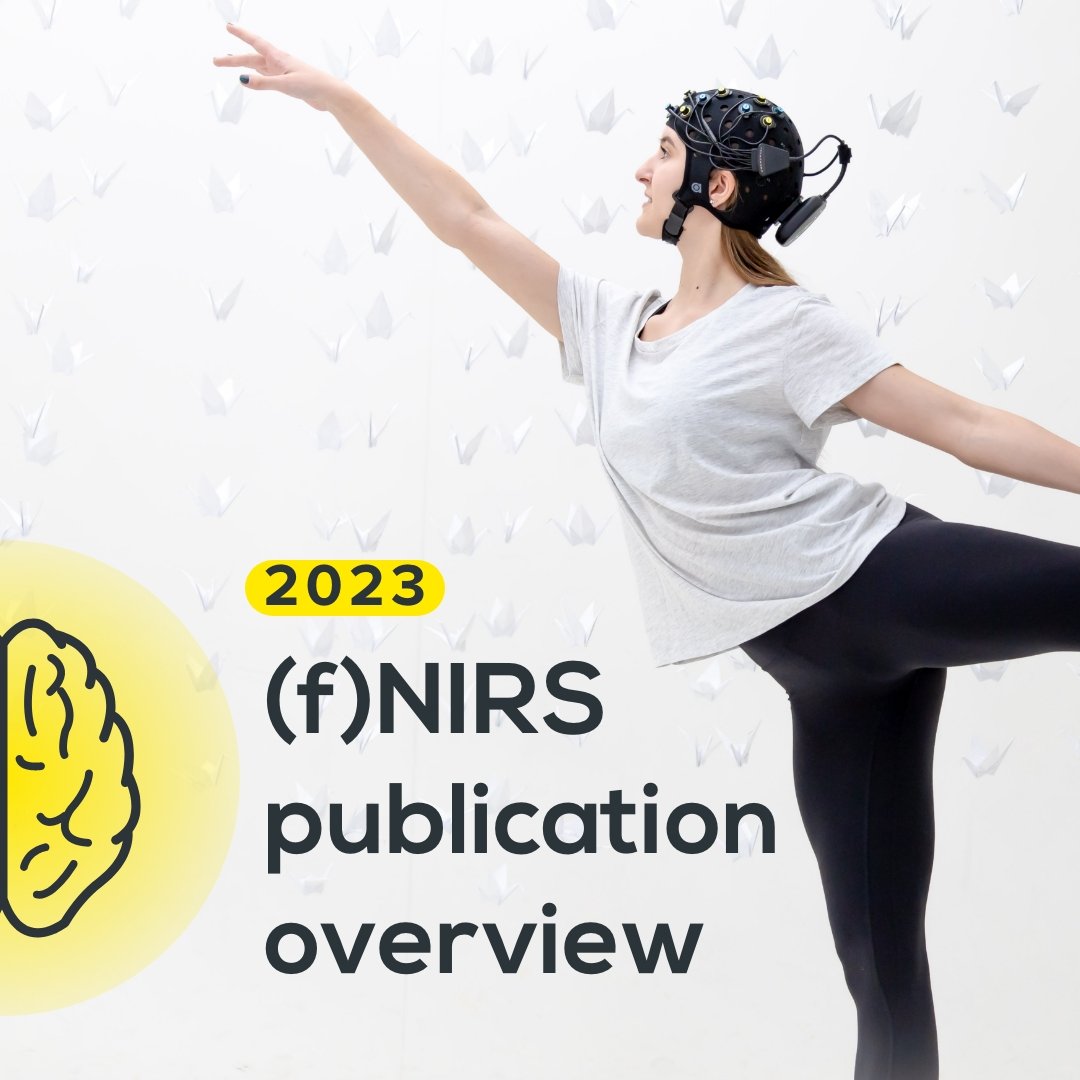
Publication overview 2023: Using our (f)NIRS devices to measure in the brain
We are proud that in 2023 an increasing number of publications using our (f)NIRS devices to measure brain activity could be found. In this blogpost, we list application areas with papers released last year utilizing our devices. We also highlight and summarize interesting publications per application category.
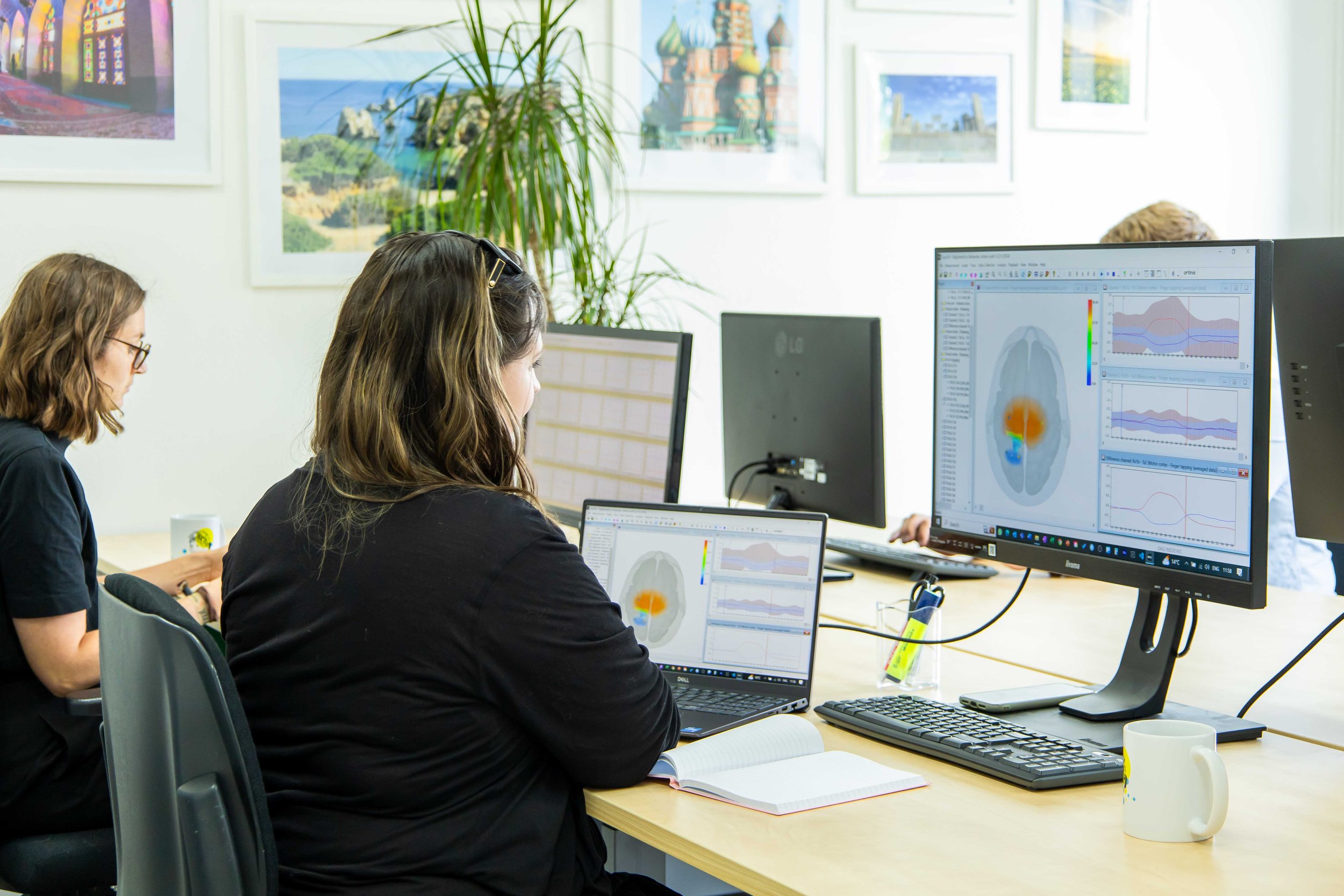
Multimodal fNIRS-EEG measurements — Analysis approaches
When it comes to deciding on an appropriate data analysis approach in multimodal fNIRS-EEG measurements, the soundest consideration factors ultimately depend on the research question at hand. Therefore, the analysis steps may vary from one study to another. Nonetheless, they can broadly be classified into two strategies: parallel data analysis and informed data analysis.
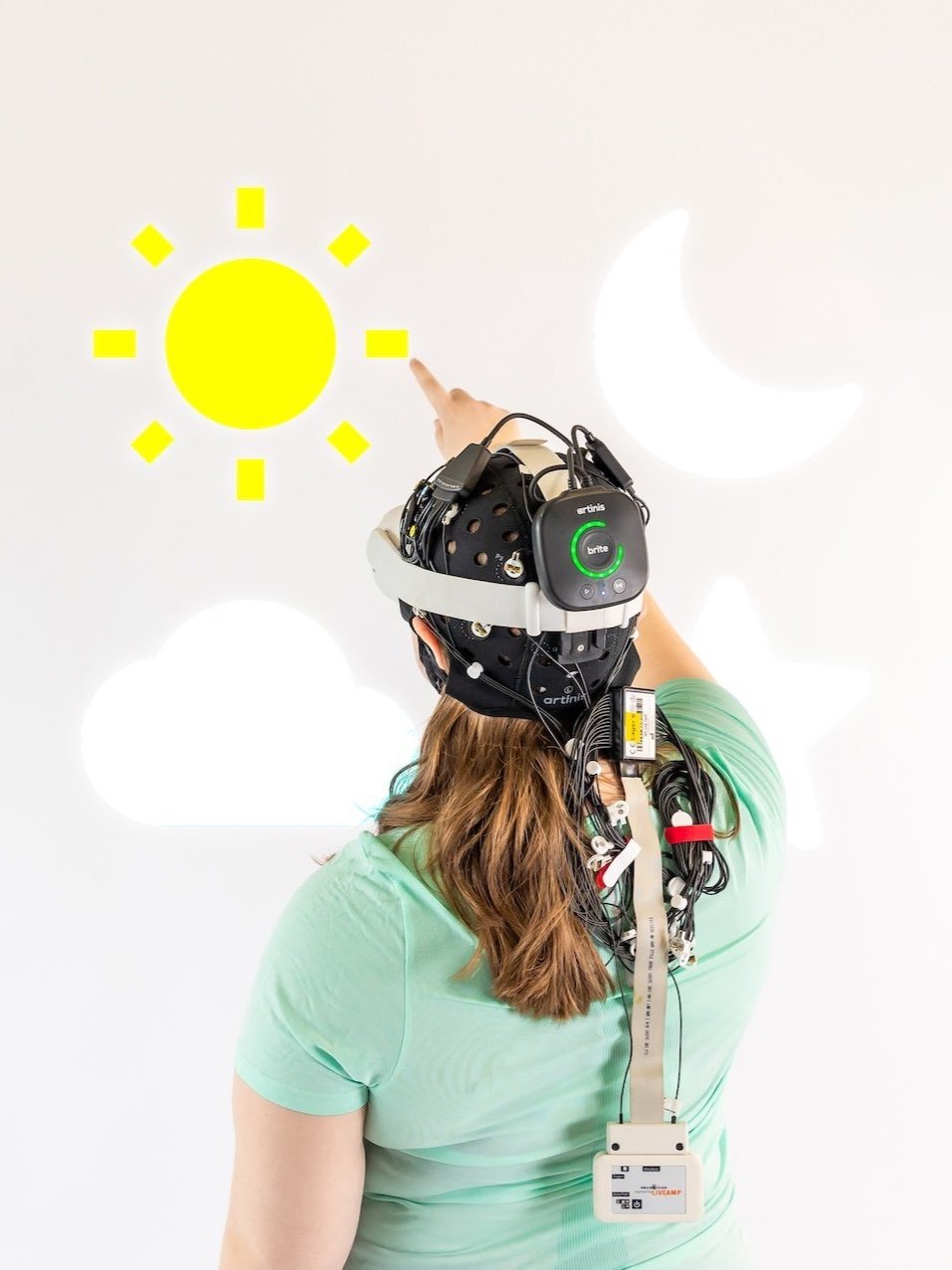
Multimodal fNIRS-EEG measurements — Experimental Design
Finding a suitable experimental design when performing multimodal fNIRS-EEG measurements is an important step in every study. Read this blogpost to learn more about commonly used experimental designs and how those can be adopted in multimodal research.
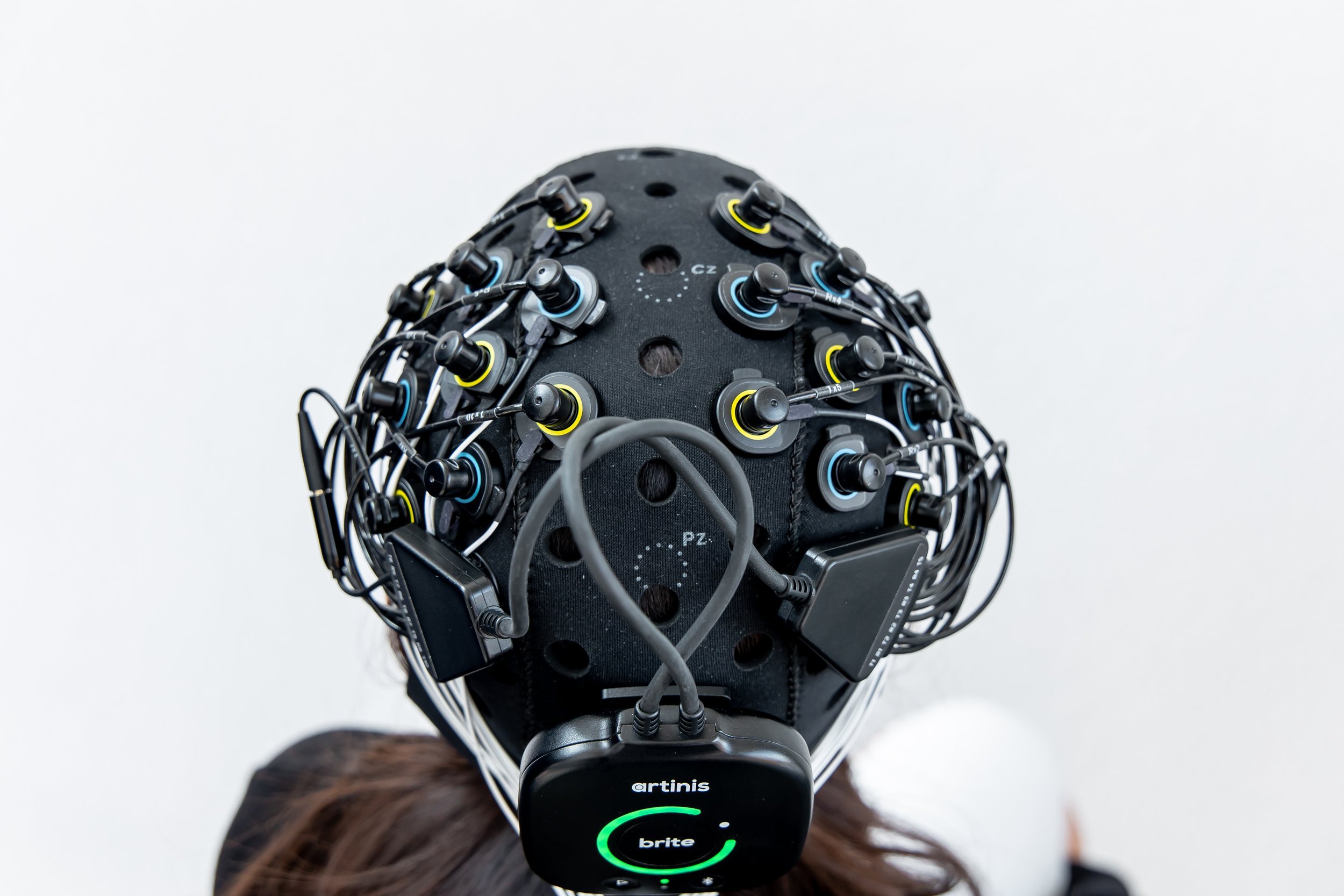
Multimodal fNIRS-EEG measurements — Integration on the head
When simultaneously measuring fNIRS and EEG, placement of both devices should ideally ensure proper coverage of the desired measurement location, minimize interference and take into account (technical) characteristics and basic of both techniques. Read this blog post to learn more about relevance of these points and further recommendations for integrating fNIRS and EEG on one head.
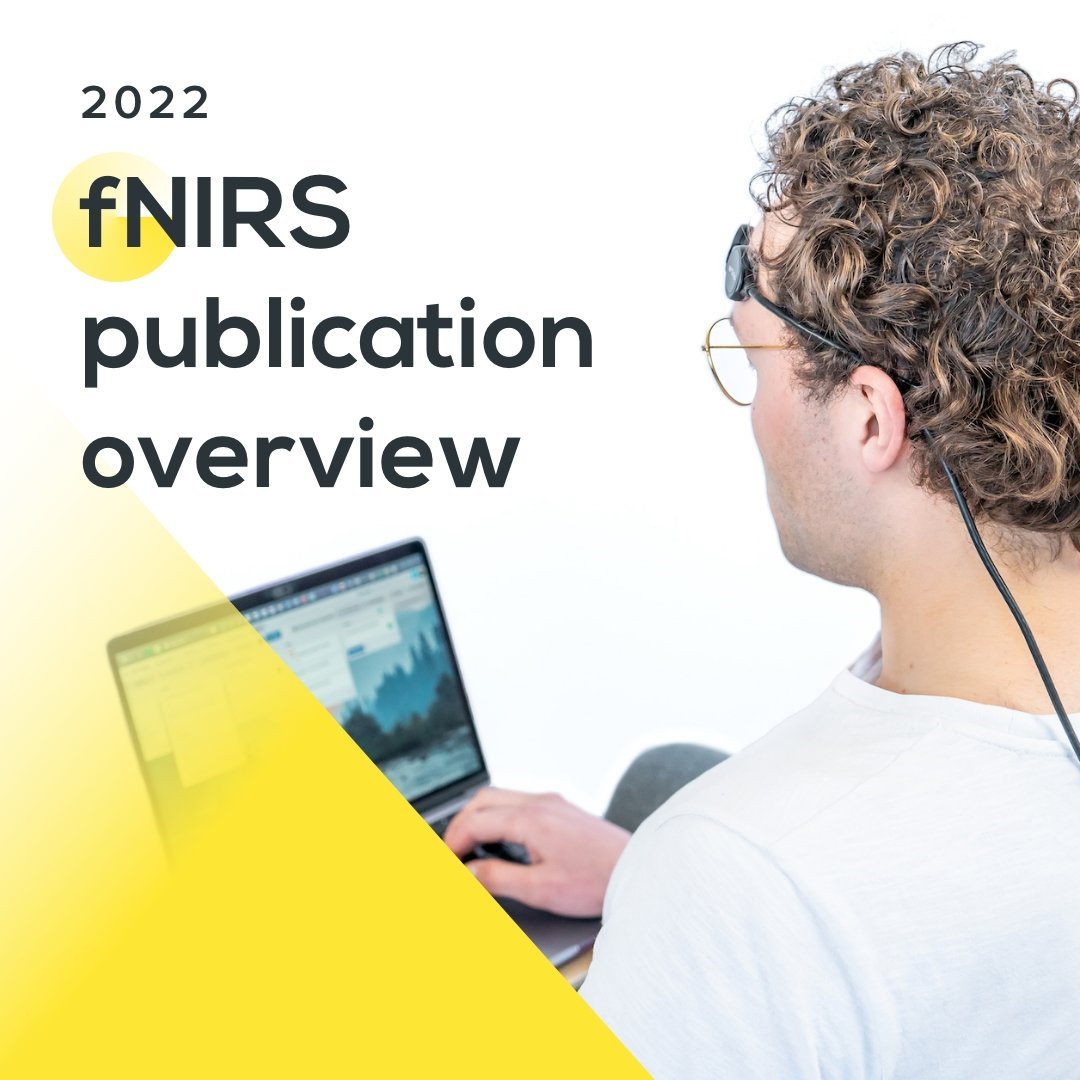
Publication Overview with our NIRS devices in 2022 – Brain
We are proud that several papers using our (f)NIRS devices to measure brain activation from different cortical areas and in various application fields were published in 2022. Read this blogpost to get an overview of application areas (f)NIRS can be used in, and which devices can be applied. Also, find highlighted publications per category that were performed with our devices in 2022.
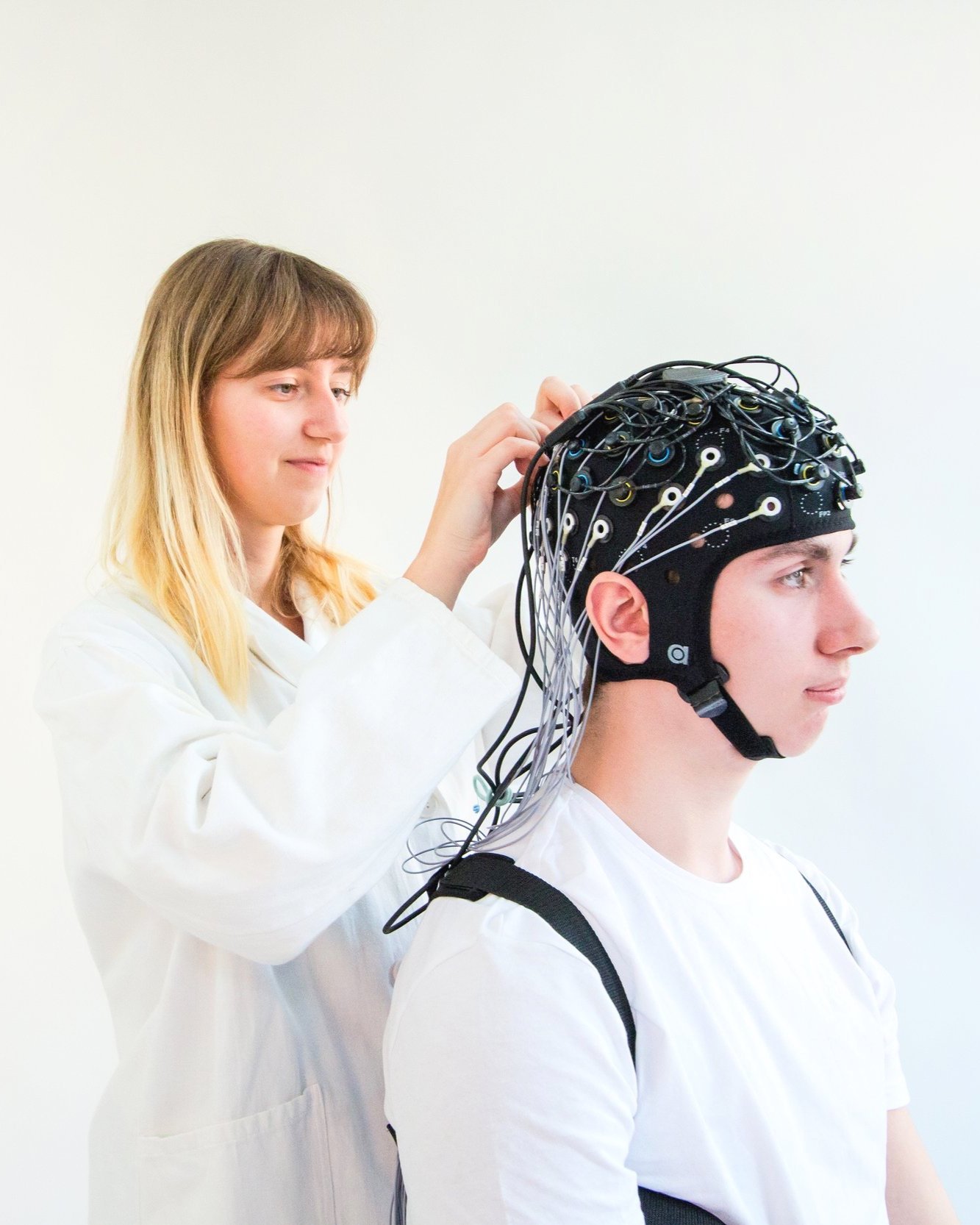
Multimodal fNIRS-EEG measurements — Staying in sync
In this second blog post, we discuss synchronization in multimodality. When using fNIRS and EEG simultaneously, synchronization of both data streams is crucial to achieve temporal correspondence between both signals. Read this post to learn more about how to get to the ideal synchronization solution for you, which can depend on different factors, such as device specifications, software capabilities and experimental setup.
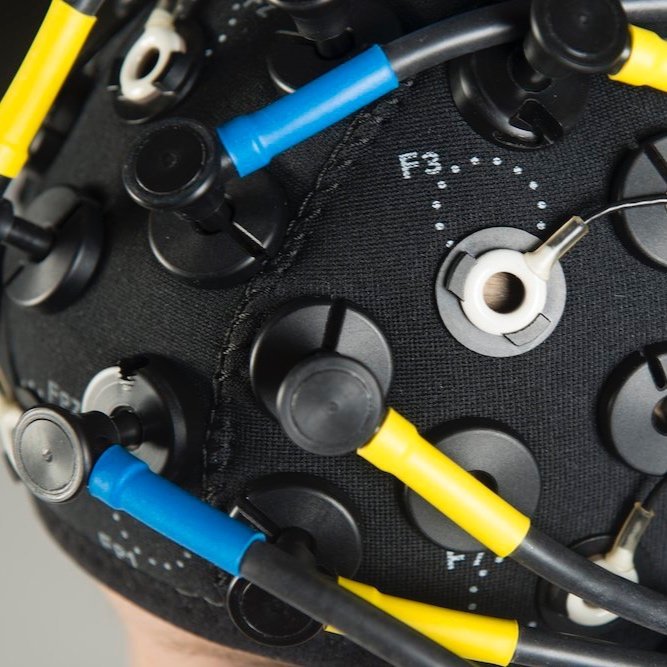
Introduction to multimodal fNIRS — EEG measurements
In this blog post, we give an introduction to multimodality and explain the hallmarks, advantages, and challenges of combining fNIRS and EEG to measure brain activity. This is the first part of a blog post series on multimodality fNIRS-EEG measurements.
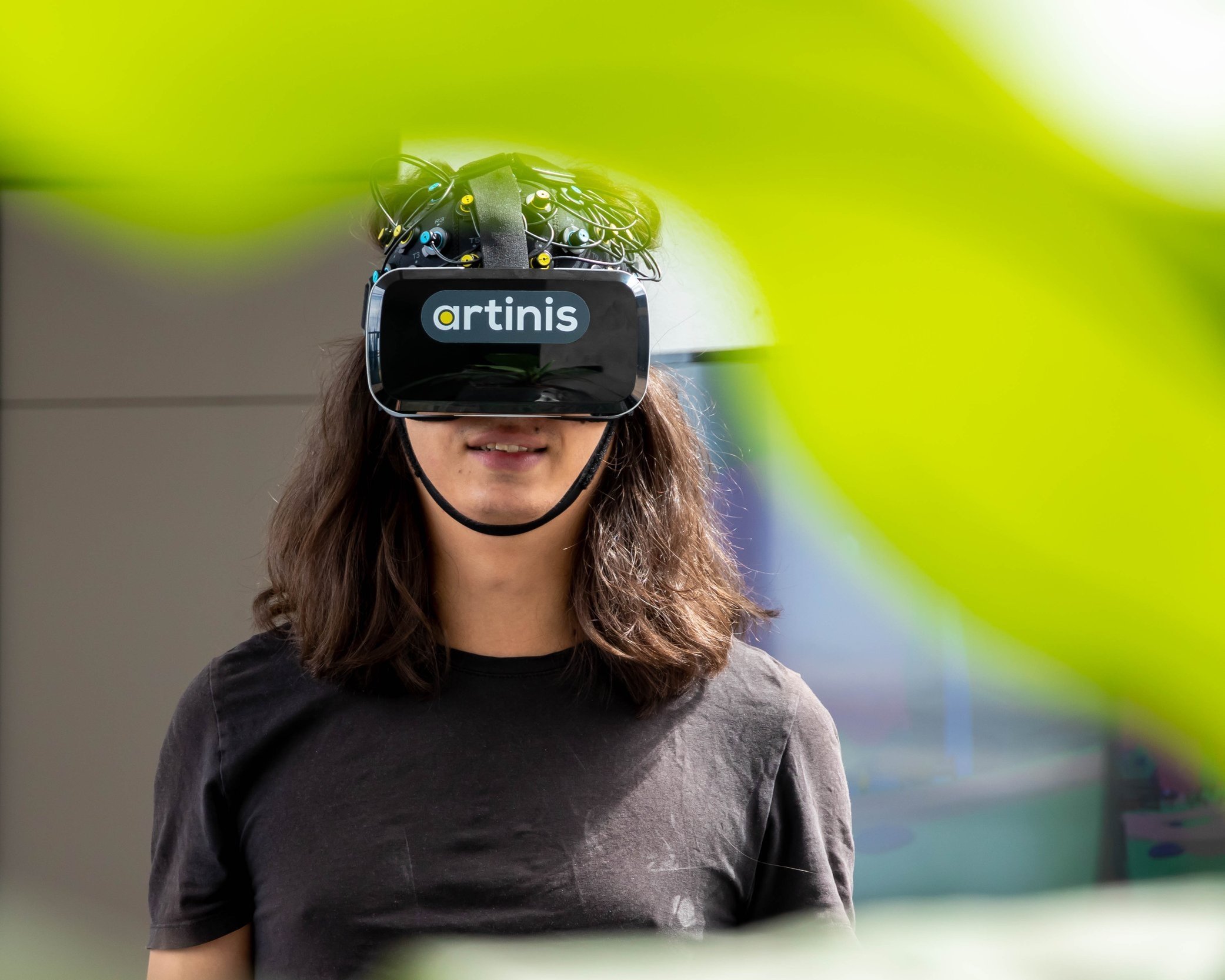
Combining Virtual Reality and wearable fNIRS
The application of Virtual Reality (VR) is becoming increasingly important in clinical and psychological research, for instance in exposure therapy or neurorehabilitation. fNIRS can be used to monitor brain activity during application of VR. We tested simultaneous use of VR and fNIRS with our new device, the Brite Frontal. Read in this blogpost, how this went and which advantages using fNIRS during VR application can demonstrate.
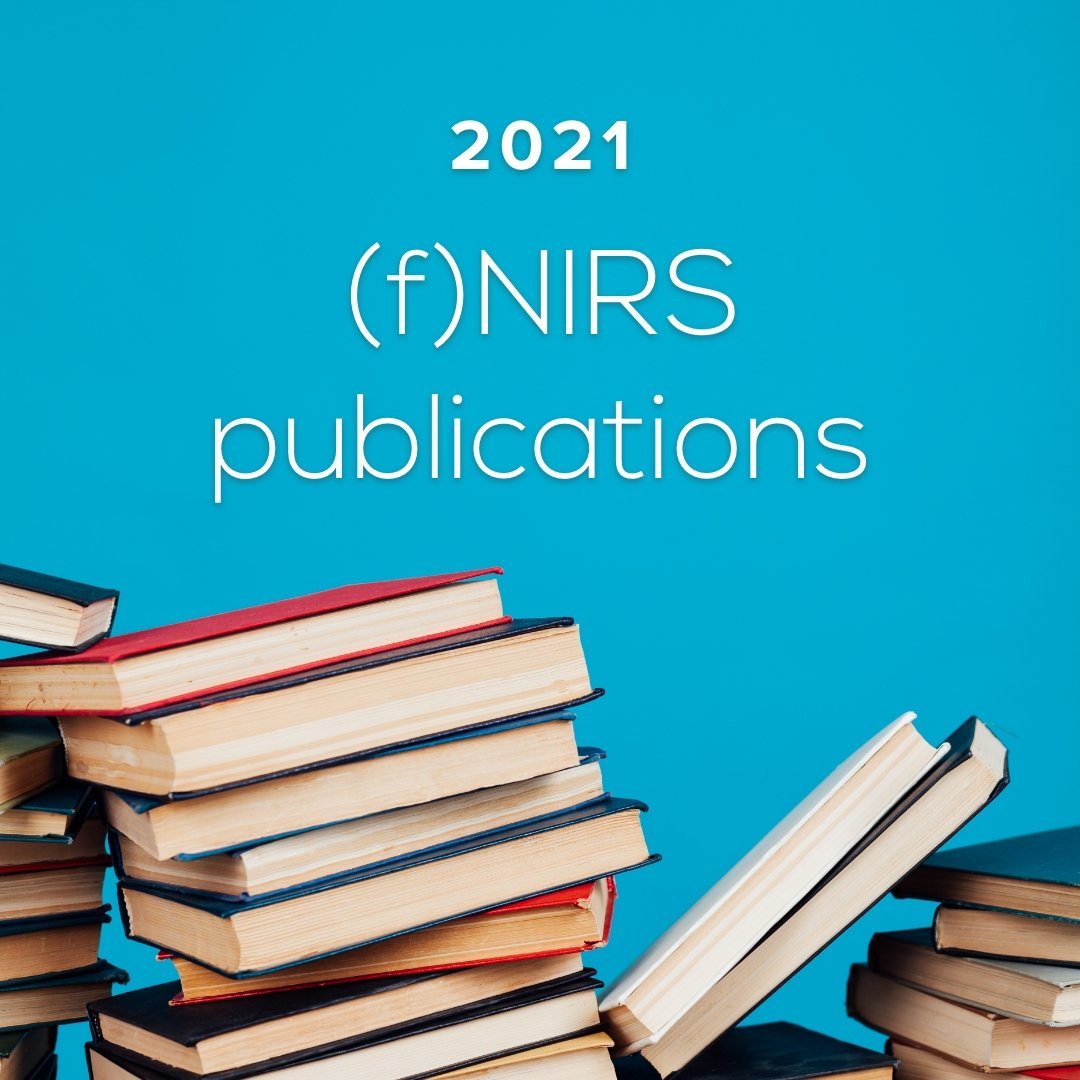
2021 Publication overview with Artinis Near-Infrared Spectroscopy (NIRS) devices
More than 110 papers using our (f)NIRS devices in neuro- and sports science areas were submitted last year. This blog post gives an overview of all papers published in 2021 using Artinis (f)NIRS devices for different application fields/categories, including cortical brain research, sport science, clinical and rehabilitation, hypoxia research, hyperscanning and multimodality.
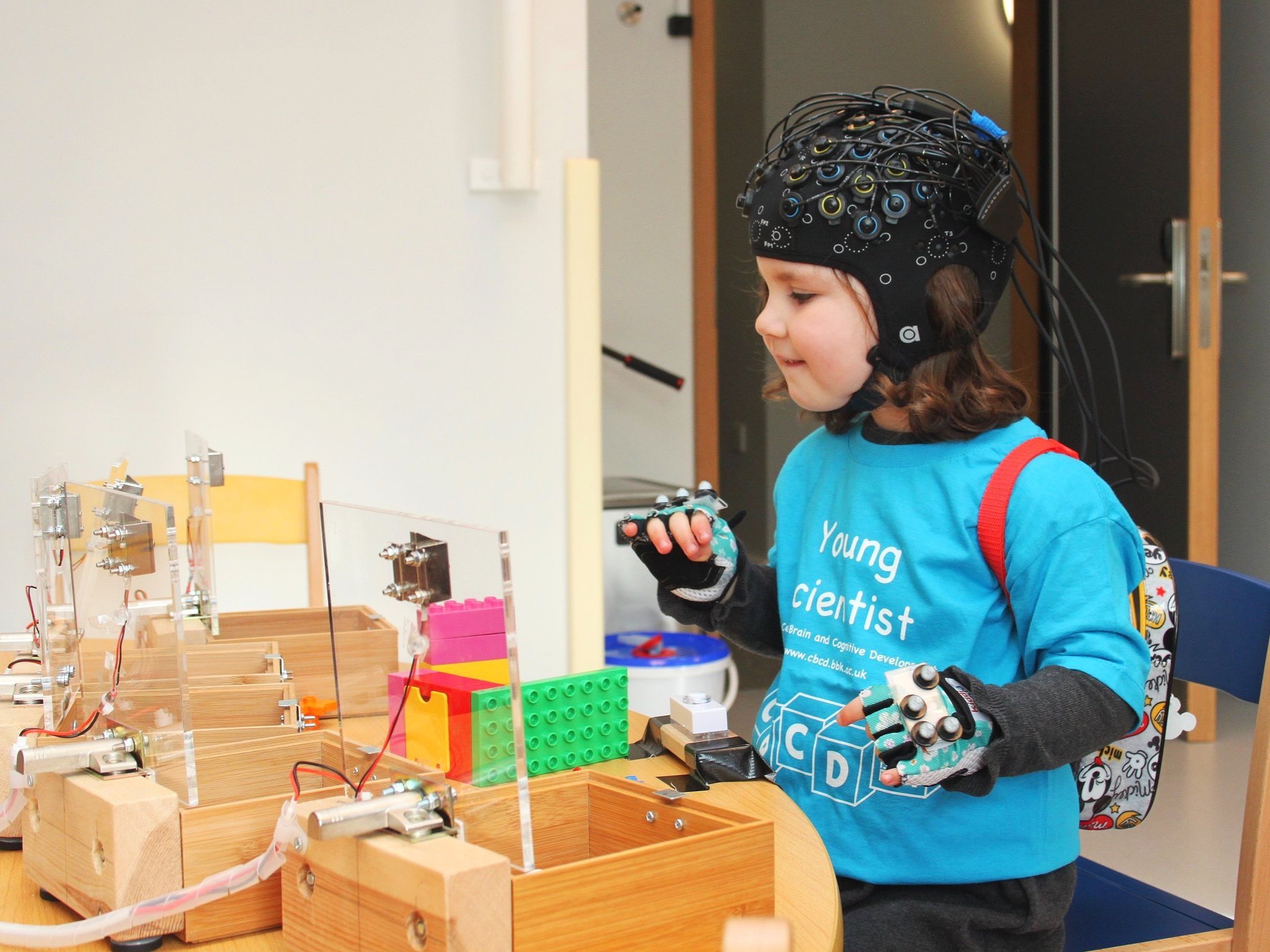
Exploring early brain development in real-world settings: an interview with Dr. Paola Pinti
Dr. Paola Pinti is a Senior Research Laboratory Developer in the Birkbeck ToddlerLab. In this interview, she shares her experience in neuroscience, her work in the ToddlerLab, and the usage of a multimodal set-up to investigate behavior and brain of preschool children.
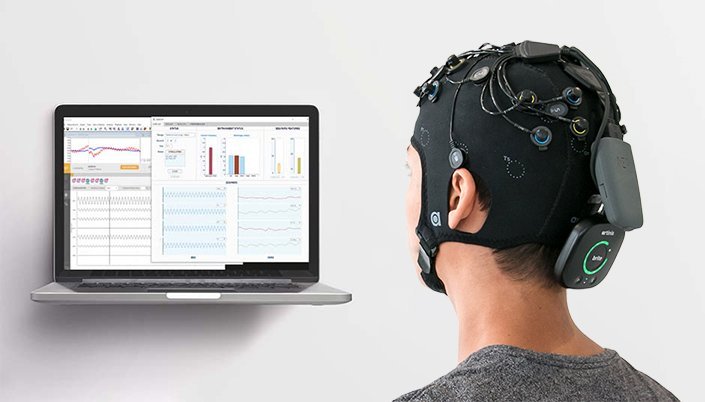
The Starstim fNIRS - Combining tES brain stimulation and EEG + fNIRS neuroimaging in one headcap
Starstim fNIRS is the most adaptable solution to combine tES brain stimulation with EEG and fNIRS neuroimaging in one single wireless and wearable system – and what makes it the most versatile solution for researchers and clinicians in many application areas. The possibility to combine tES with multiple neuroimaging modalities in one device facilitates altering human behavior and acquiring a more complete picture of the brain. It further increases application possibilities and reduces set-up and measurement time.
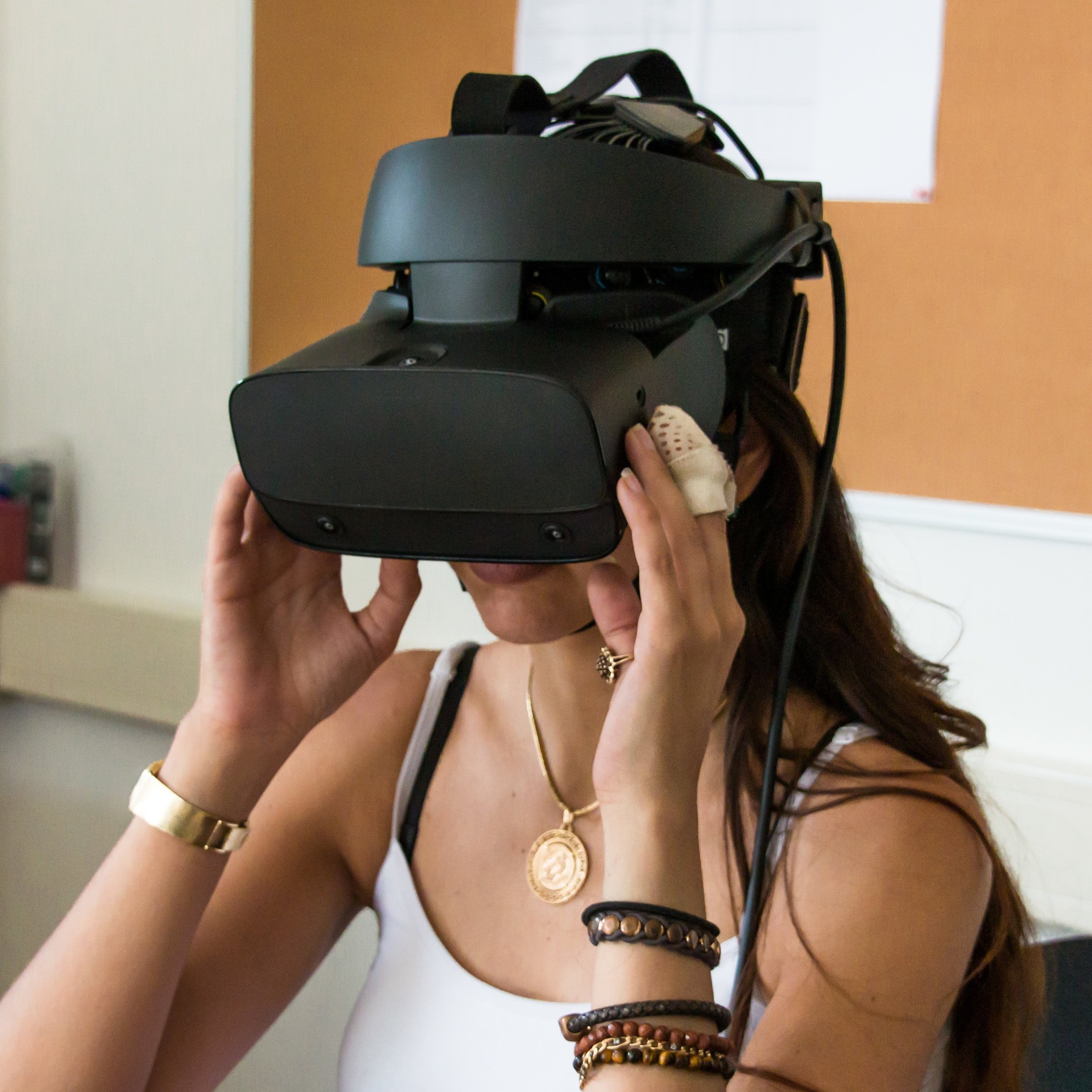
Using fNIRS to study emotions in virtual reality environments
Have you ever watched a horror movie or read a really gripping thriller that made you skip a beat or two at the climax? If you know what I’m talking about, then we can agree on something: our minds are connected to our bodies in such a way that the emotions we experience cause physiological changes on us.
